Market Growth Projections
The Global Educational Robots Market is projected to experience substantial growth over the coming years. With an estimated market value of 1.74 USD Billion in 2024, it is anticipated to reach 9.69 USD Billion by 2035. This growth reflects a compound annual growth rate of 16.92% from 2025 to 2035. Such projections indicate a robust demand for educational robots, driven by factors such as technological advancements, increased government funding, and the rising popularity of STEM education. The market's expansion suggests a promising future for educational robotics, highlighting its potential to transform learning experiences across the globe.
Growing Demand for STEM Education
The increasing emphasis on STEM education globally drives the Global Educational Robots Market Industry. Educational institutions are integrating robotics into their curricula to enhance students' engagement and foster critical thinking skills. For instance, countries like Japan and Germany have adopted robotics as a core component of their educational systems. This trend is reflected in the projected market growth, with the Global Educational Robots Market expected to reach 1.74 USD Billion in 2024. The focus on hands-on learning experiences through robotics is likely to attract more investments in educational technologies, further propelling market expansion.
Rise of Online Learning Platforms
The proliferation of online learning platforms has transformed the landscape of education, impacting the Global Educational Robots Market Industry. With the rise of remote learning, educational robots are increasingly being integrated into virtual classrooms to provide interactive learning experiences. Platforms like Coursera and edX are beginning to offer courses that include robotics as part of their curriculum. This shift towards online education is likely to broaden the reach of educational robots, making them accessible to a global audience. As a result, the market is expected to witness substantial growth, driven by the demand for innovative educational tools that facilitate remote learning.
Government Initiatives and Funding
Government initiatives aimed at promoting robotics education play a crucial role in shaping the Global Educational Robots Market Industry. Many governments are investing in educational programs that incorporate robotics to prepare students for future job markets. For instance, the United States has launched various grants and funding programs to support schools in acquiring educational robots. Such initiatives not only enhance the learning experience but also stimulate market growth by increasing accessibility to robotics in education. As these programs expand, they are likely to contribute to the market's projected growth, reinforcing the importance of government support in fostering innovation in educational robotics.
Technological Advancements in Robotics
Rapid advancements in robotics technology significantly influence the Global Educational Robots Market Industry. Innovations such as artificial intelligence, machine learning, and enhanced sensor technologies are making educational robots more interactive and user-friendly. For example, robots like LEGO Mindstorms and Sphero have become popular tools in classrooms, allowing students to engage in programming and robotics. As these technologies evolve, they are expected to attract a broader audience, including younger students. This trend suggests a robust growth trajectory, with the market projected to reach 9.69 USD Billion by 2035, indicating a compound annual growth rate of 16.92% from 2025 to 2035.
Increased Focus on Personalized Learning
The growing emphasis on personalized learning experiences is shaping the Global Educational Robots Market Industry. Educational robots are being designed to adapt to individual learning styles and paces, providing tailored educational experiences. For example, robots that can assess a student's understanding and adjust their teaching methods accordingly are gaining traction. This trend aligns with the broader movement towards customized education, which is likely to enhance student engagement and improve learning outcomes. As educational institutions increasingly adopt these personalized approaches, the demand for educational robots is expected to rise, contributing to the market's overall growth.
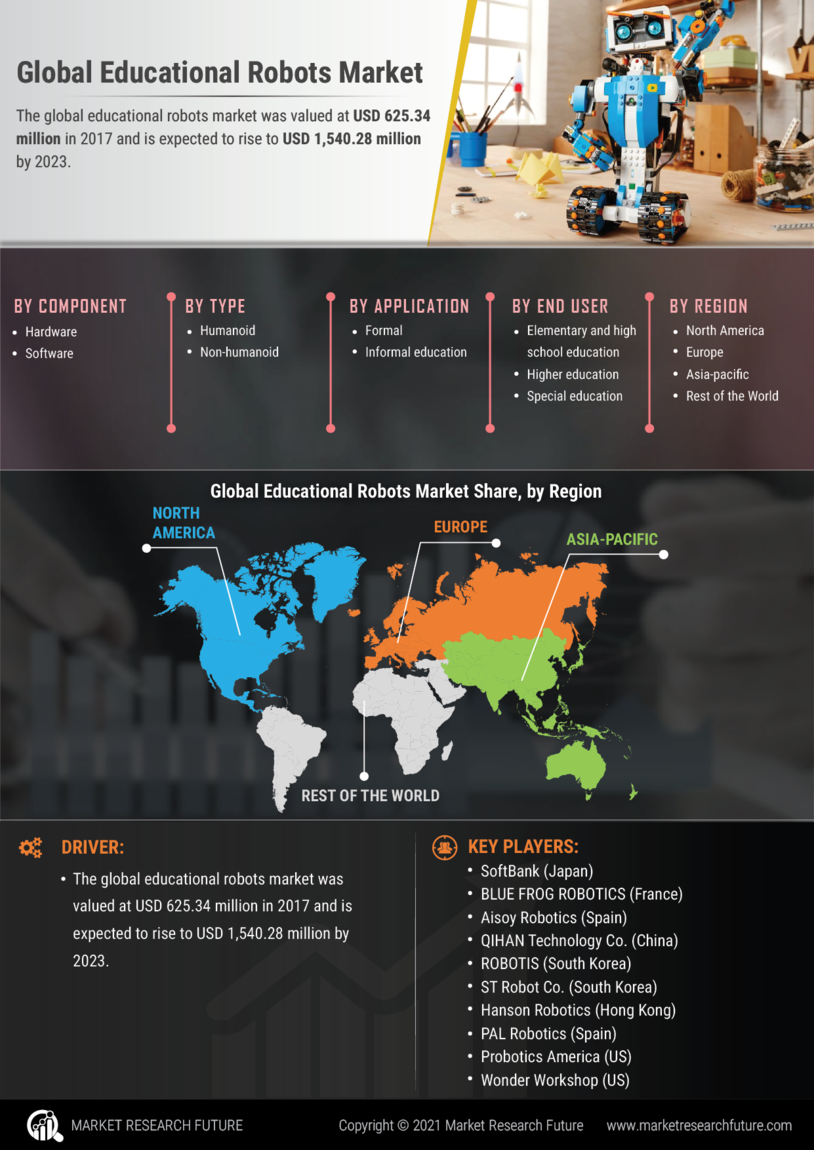
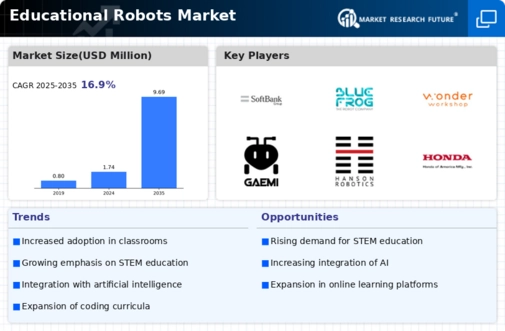
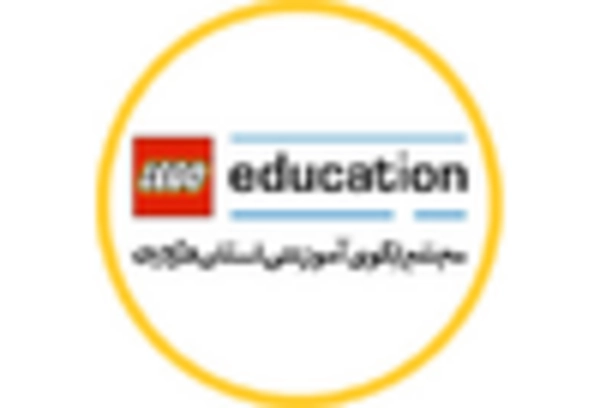

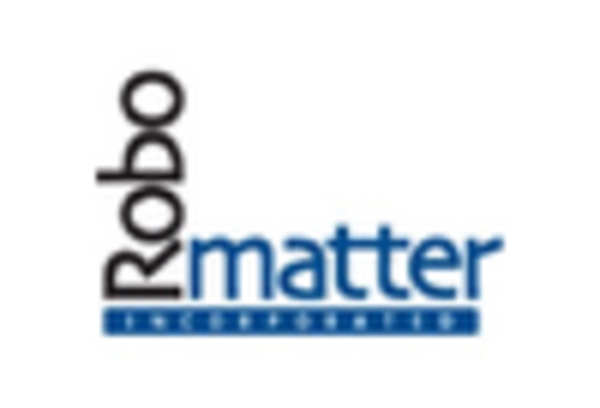

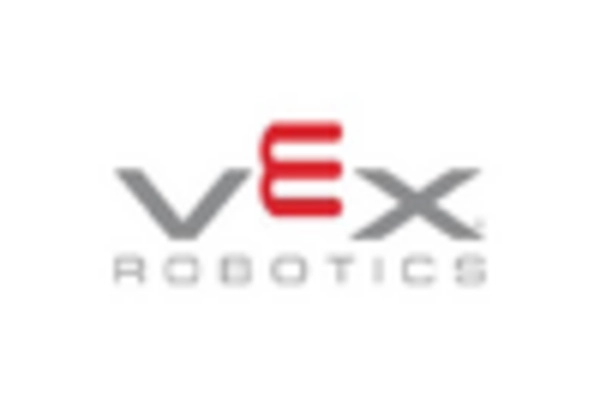
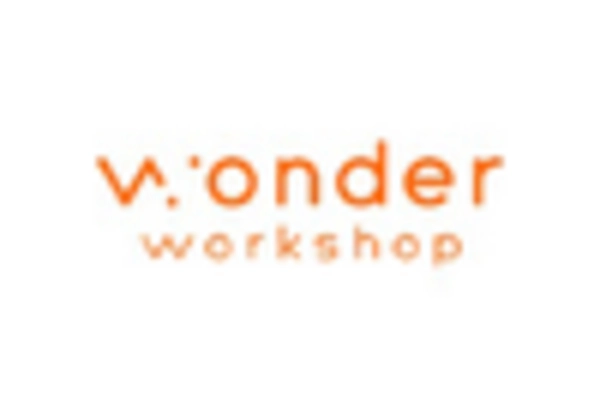








Leave a Comment